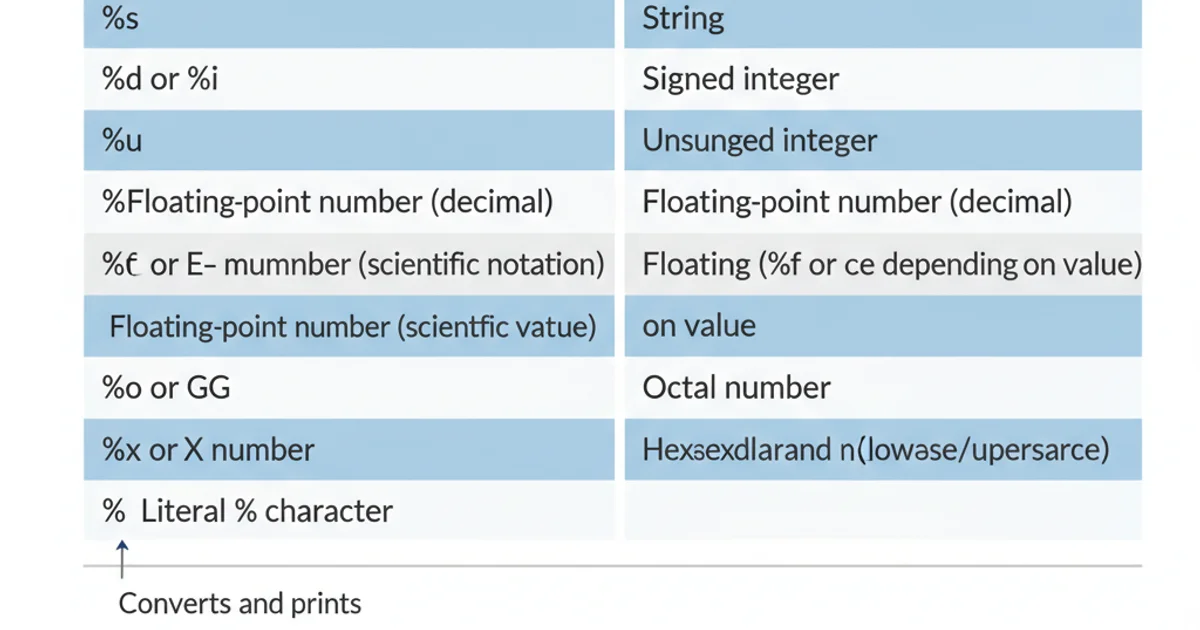Easiest way to read/write a file's content in Python
Categories:
Easiest Way to Read and Write File Content in Python

Learn the most straightforward and Pythonic methods for handling file I/O, including basic read/write operations, context managers, and common pitfalls.
File input/output (I/O) is a fundamental operation in almost any programming language, and Python makes it exceptionally easy and readable. Whether you need to store data, load configurations, or process text files, understanding the core concepts of reading from and writing to files is crucial. This article will guide you through the simplest and most Pythonic ways to interact with files, focusing on clarity, efficiency, and safety.
The Basics: Opening and Closing Files
At its core, file handling in Python involves two main steps: opening a file and then closing it. The open() function is used to open a file, returning a file object. This object then provides methods for reading or writing data. It's critical to close the file after you're done to free up system resources and ensure all changes are saved. Failing to close files can lead to data corruption or resource leaks.
# Writing to a file
file_object = open('my_file.txt', 'w') # 'w' for write mode
file_object.write('Hello, Python file I/O!\n')
file_object.write('This is a second line.')
file_object.close()
# Reading from a file
file_object = open('my_file.txt', 'r') # 'r' for read mode
content = file_object.read()
print(content)
file_object.close()
Basic file write and read operations without context manager
file_object.close() after you're done. Forgetting to do so can lead to data loss or resource issues, especially if your program crashes before the file is properly closed.The Pythonic Way: Using with open() (Context Manager)
While manually opening and closing files works, it's prone to errors if exceptions occur between the open() and close() calls. Python's with statement, also known as a context manager, provides a much safer and cleaner way to handle file operations. When you use with open(...) as file_object:, Python automatically ensures the file is closed, even if errors occur within the with block. This is the recommended approach for file I/O.
flowchart TD
A[Start File Operation] --> B{"Use `with open()`?"}
B -->|Yes| C[File Automatically Opened]
C --> D[Perform Read/Write Operations]
D --> E[Exit `with` block]
E --> F[File Automatically Closed (even on error)]
B -->|No| G[File Manually Opened]
G --> H[Perform Read/Write Operations]
H --> I{Error Occurred?}
I -->|Yes| J[File May Remain Open]
I -->|No| K[File Manually Closed]
F --> L[End]
J --> L
K --> LComparison of manual file handling vs. with open() context manager
# Writing to a file using 'with'
with open('my_safe_file.txt', 'w') as file_object:
file_object.write('This is written using a context manager.\n')
file_object.write('It ensures the file is always closed.')
# Reading from a file using 'with'
with open('my_safe_file.txt', 'r') as file_object:
content = file_object.read()
print(content)
# Reading line by line
print("\nReading line by line:")
with open('my_safe_file.txt', 'r') as file_object:
for line in file_object:
print(line.strip()) # .strip() removes newline characters
File operations using the with open() context manager
for line in file_object:) is more memory-efficient than file_object.read() because it doesn't load the entire file into memory at once.Common File Modes and Their Uses
The second argument to the open() function is the mode, which specifies how the file will be used. Understanding these modes is key to performing the correct operation without unintended side effects.

Common file modes in Python
Here's a quick rundown of the most common modes:
'r'(Read): Default mode. Opens a file for reading. RaisesFileNotFoundErrorif the file doesn't exist.'w'(Write): Opens a file for writing. Creates the file if it doesn't exist. If the file already exists, it truncates (empties) the file. Be careful with this mode!'a'(Append): Opens a file for appending. Creates the file if it doesn't exist. Data is written to the end of the file without truncating it.'x'(Exclusive Creation): Opens a file for exclusive creation. If the file already exists, the operation fails with aFileExistsError.'b'(Binary): Used with other modes (e.g.,'rb','wb') to handle binary data (images, executables). Data is read/written as bytes.'t'(Text): Default mode. Used with other modes (e.g.,'rt','wt') to handle text data. Data is read/written as strings, with encoding applied.'+'(Update): Used with other modes (e.g.,'r+','w+') to open a file for both reading and writing.
# Using 'a' (append) mode
with open('log.txt', 'a') as log_file:
log_file.write('First log entry.\n')
with open('log.txt', 'a') as log_file:
log_file.write('Second log entry.\n')
with open('log.txt', 'r') as log_file:
print("\nLog file content:")
print(log_file.read())
# Using 'w+' (write and read) mode - CAUTION: truncates file first!
with open('data.txt', 'w+') as data_file:
data_file.write('Initial data.\n')
data_file.seek(0) # Move cursor to the beginning of the file
content = data_file.read()
print("\nContent after w+ write and read:")
print(content)
Examples of append and write-plus modes